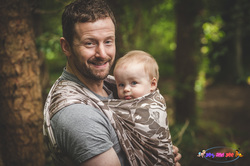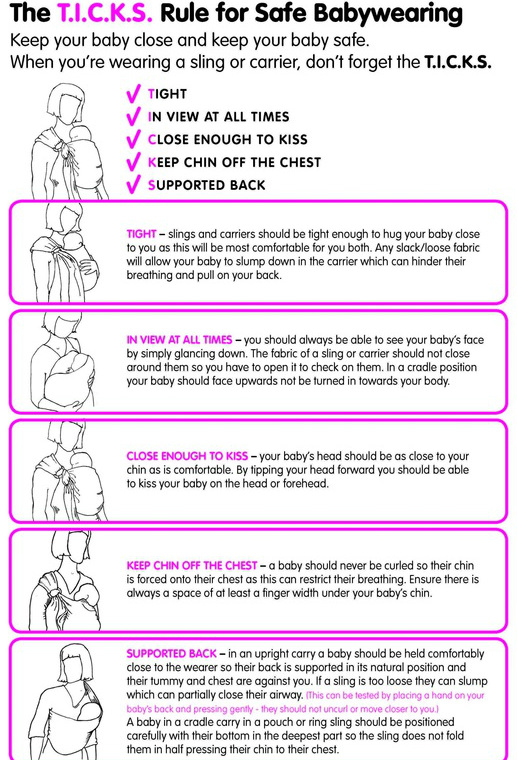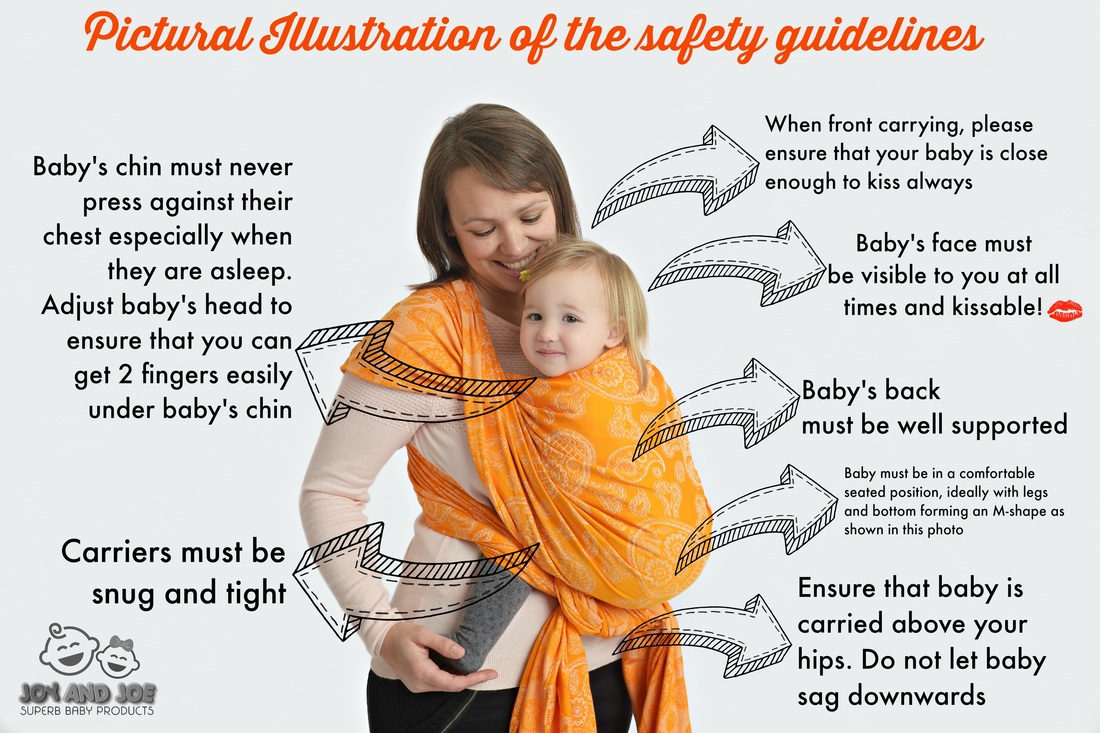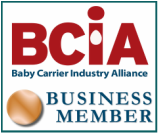Reference:UK Sling Manufacturers and Retailers Consortium
What is babywearing?

Dr. William Sears, a renowned pediatrician, is credited with coining the term "attachment parenting," which emphasizes the importance of babywearing among its principles. Babywearing has been associated with a plethora of benefits for both infants and caregivers, fostering a strong and intimate bond between them.For mothers, the physical contact with their babies during babywearing increases oxytocin levels, leading to a closer maternal connection, smoother breastfeeding, and better overall care, reducing the risk of postpartum depression and psychosomatic illness. Carried infants are notably calmer as all their primal needs are met, from physical touch to motion, aiding in neural development, gastrointestinal and respiratory health, and promoting balance and muscle tone.
Babywearing facilitates early social development, allowing babies to be closer to people, study facial expressions, learn languages faster, and become familiar with body language. Moreover, independence is encouraged at an early stage, while attachment between child and caregiver becomes more secure.
Practical benefits abound as well, with babywearing providing a safer alternative to placing a car seat on a shopping cart and allowing parents to have their hands free for other tasks. It also enables children to participate in social interactions and observe their surroundings from an adult's perspective.
Studies have shown that babywearing significantly reduces infant crying and fosters optimal attachment between parent and child. With infants spending more time being held in baby carriers, they are less likely to cry and are more likely to develop a secure attachment. This emotional connection is nurtured through the frequent and comforting contact achieved with babywearing.
Additionally, babywearing can aid breastfeeding mothers by providing privacy and enabling hands-free nursing during various activities. While not all mothers can nurse completely hands-free in a baby carrier, it still eases arm strain and allows for greater freedom of movement while nursing.
Notably, babywearing has proven to be beneficial for premature babies and slow weight gainers, as it facilitates more frequent and extended nursing sessions, aiding in weight gain and supporting their development. The well-studied kangaroo care method has demonstrated significant benefits for premature and infants with additional needs
Babywearing facilitates early social development, allowing babies to be closer to people, study facial expressions, learn languages faster, and become familiar with body language. Moreover, independence is encouraged at an early stage, while attachment between child and caregiver becomes more secure.
Practical benefits abound as well, with babywearing providing a safer alternative to placing a car seat on a shopping cart and allowing parents to have their hands free for other tasks. It also enables children to participate in social interactions and observe their surroundings from an adult's perspective.
Studies have shown that babywearing significantly reduces infant crying and fosters optimal attachment between parent and child. With infants spending more time being held in baby carriers, they are less likely to cry and are more likely to develop a secure attachment. This emotional connection is nurtured through the frequent and comforting contact achieved with babywearing.
Additionally, babywearing can aid breastfeeding mothers by providing privacy and enabling hands-free nursing during various activities. While not all mothers can nurse completely hands-free in a baby carrier, it still eases arm strain and allows for greater freedom of movement while nursing.
Notably, babywearing has proven to be beneficial for premature babies and slow weight gainers, as it facilitates more frequent and extended nursing sessions, aiding in weight gain and supporting their development. The well-studied kangaroo care method has demonstrated significant benefits for premature and infants with additional needs







